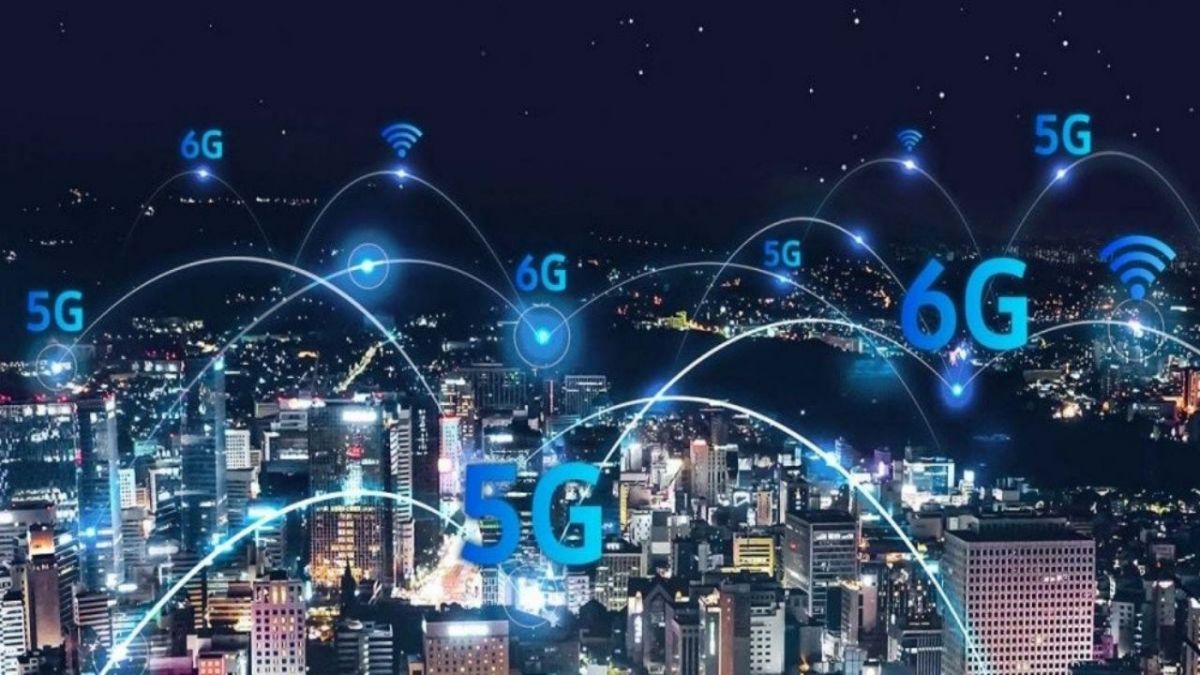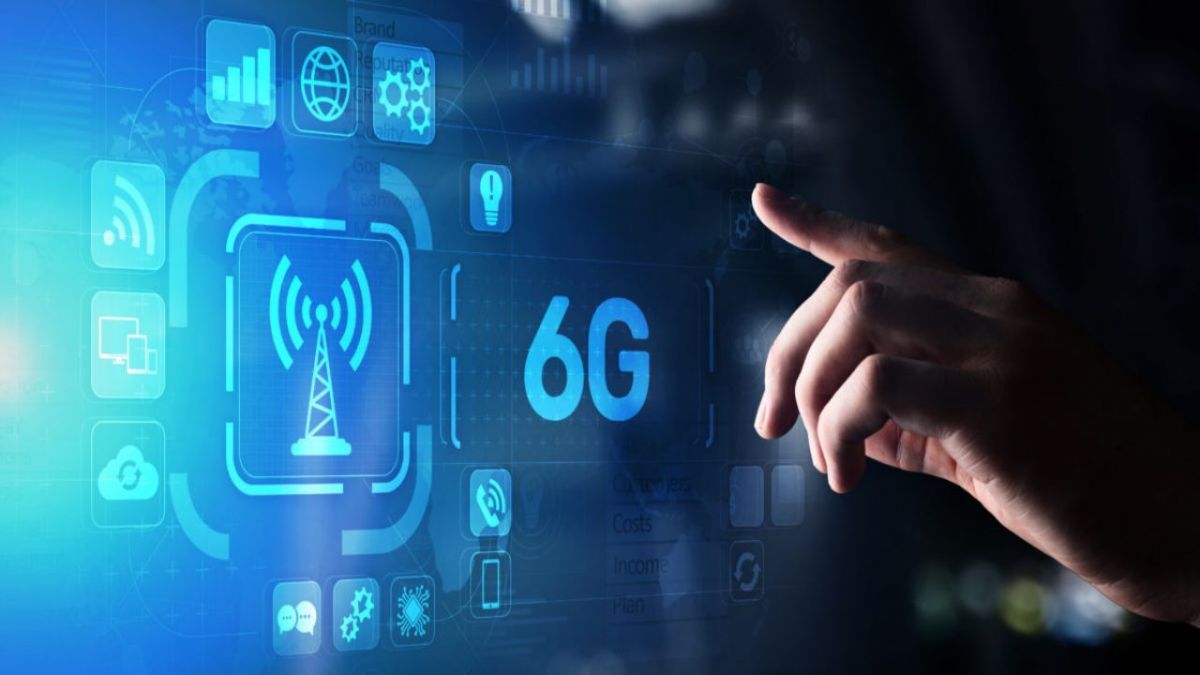Cloud computing opens a new chapter in IT, the rapid rise of cloud-native applications
Advertisement
6G Development Accelerates, Promising 100-Fold Increase in Communication Speeds
The race to revolutionize the world of telecommunications is heating up as the development of 6G technology accelerates at an unprecedented pace. In a groundbreaking announcement that has sent shockwaves through the tech industry, leading research institutions and technology giants have unveiled their ambitious plans to push the boundaries of wireless communication, promising a staggering 100-fold increase in data transfer speeds compared to the current 5G standards.
The emergence of 6G, the sixth generation of wireless communication technologies, is poised to usher in a new era of hyper-connectivity, where seamless integration of the physical and digital worlds becomes a reality. With data rates projected to reach a mind-boggling 1 terabyte per second (Tb/s), the potential applications of 6G are vast and far-reaching, spanning virtually every aspect of modern life.
"The advent of 6G represents a paradigm shift in how we perceive and interact with technology," said Dr. Rahim Tafazolli, Director of the 6G Innovation Centre at the University of Surrey. "With speeds that are orders of magnitude faster than 5G, 6G will enable a truly unified and immersive digital experience, blurring the boundaries between the virtual and the real."

At the forefront of this technological revolution are industry giants like Samsung, Huawei, and Nokia, who are investing billions of dollars in research and development to gain a competitive edge in the race to 6G supremacy. These companies are collaborating with leading academic institutions and research organizations to push the limits of what is possible in the realm of wireless communication.
One of the key innovations driving the development of 6G is the utilization of the terahertz (THz) spectrum, a virtually untapped frequency range that promises to deliver unprecedented bandwidth and data transfer capabilities. By harnessing the THz spectrum, 6G networks will be able to support a myriad of data-intensive applications and services, from ultra-high-definition virtual reality experiences to real-time remote robotic surgery and beyond.
"The terahertz spectrum holds the key to unlocking the full potential of 6G," said Dr. Theodore Rappaport, a renowned wireless communications expert at NYU Tandon School of Engineering. "By leveraging this previously unexplored frequency range, we can achieve data rates that were once unimaginable, paving the way for a truly connected world where the boundaries between the physical and digital realms dissolve."
In addition to the terahertz spectrum, 6G technology will also incorporate advanced techniques such as massive MIMO (Multiple-Input Multiple-Output), intelligent reflecting surfaces, and ultra-dense network topologies. These innovations will enable 6G networks to deliver unprecedented levels of efficiency, reliability, and coverage, ensuring seamless connectivity even in the most challenging environments.

The impact of 6G's blistering speed and low latency is expected to ripple across various sectors, catalyzing groundbreaking advancements in fields such as virtual and augmented reality, autonomous systems, remote healthcare, and industrial automation. Imagine immersive virtual environments that are indistinguishable from reality, or remote surgical procedures performed with unparalleled precision, enabled by the seamless integration of real-time data and feedback facilitated by 6G.
"6G is not just about faster internet speeds; it's about enabling a truly connected world where the boundaries between the physical and digital realms dissolve," said Börje Ekholm, CEO of Ericsson. "With 6G, we can envision a future where autonomous vehicles communicate seamlessly with smart infrastructure, where remote robotic surgery becomes a reality, and where virtual experiences are indistinguishable from the real world."
However, the path to a fully realized 6G future is not without its challenges. The adoption and deployment of 6G networks will require significant investments in infrastructure, including the development of specialized hardware and software to support the unprecedented data rates and low latency requirements. Additionally, issues of network security, privacy, and energy efficiency will need to be addressed to ensure the responsible and sustainable implementation of 6G technology.
Despite these challenges, the race to bring 6G to the masses is already underway, with nations and tech giants vying for a leadership position in the development and deployment of this transformative technology. Countries like China, the United States, South Korea, and Japan are pouring billions of dollars into 6G research and development, recognizing the potential economic and strategic advantages of being at the forefront of this technological revolution.
"The advent of 6G represents a pivotal moment in human history, where the integration of the physical and digital worlds becomes a reality," said Dr. Mehmet Toy, CEO of Turkcell, a leading Turkish mobile operator. "Turkcell is committed to being at the forefront of this transformation, working alongside global partners to unlock the full potential of 6G and shape a future where connectivity knows no bounds."
As the world eagerly anticipates the widespread deployment of 6G networks, which is expected to commence in the latter half of this decade, one thing is clear: the era of hyper-connectivity is upon us. With data transfer rates that promise to increase by a staggering 100 times compared to 5G, 6G is poised to redefine the way we live, work, and experience the world around us, ushering in a new age of unprecedented technological possibilities and forever changing the course of human civilization.